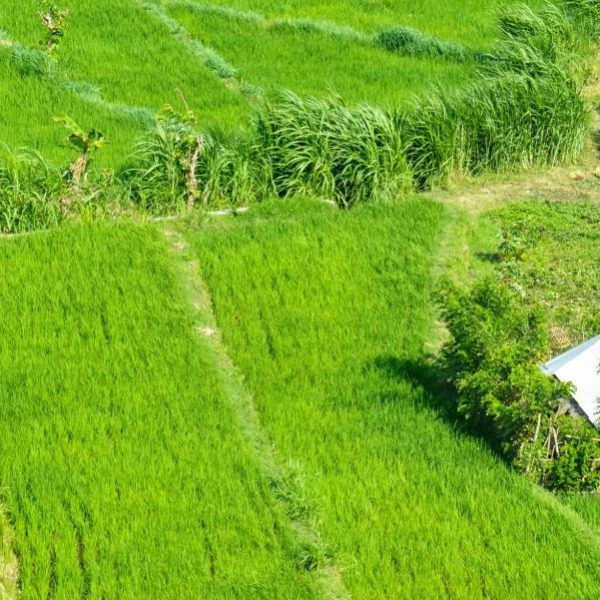Land Tenure and Inequality
James C. Scott—
A hypothetical case of customary land tenure practices may help demonstrate how difficult it is to assimilate such practices to the barebones schema of a modern cadastral map. The patterns I will describe are an amalgam of practices I have encountered in the literature of or in the course of fieldwork in Southeast Asia, and although the case is hypothetical, it is not unrealistic.
Let us imagine a community in which families have usufruct rights to parcels of cropland during the main growing season. Only certain crops, however, may be planted, and every seven years the usufruct land is redistributed among resident families according to each family’s size and its number of able-bodied adults. After the harvest of the mainseason crop, all cropland reverts to common land where any family may glean, graze their fowl and livestock, and even plant quickly maturing, dry-season crops. Rights to graze fowl and livestock on pastureland held in common by the village is extended to all local families, but the number of animals that can be grazed is restricted according to family size, especially in dry years when forage is scarce. Families not using their grazing rights can give them to other villagers but not to outsiders. Everyone has the right to gather firewood for normal family needs, and the village blacksmith and baker are given larger allotments. No commercial sale from village woodlands is permitted.
Trees that have been planted and any fruit they may bear are the property of the family who planted them, no matter where they are now growing. Fruit fallen from such trees, however, is the property of anyone who gathers it. When a family fells one of its trees or a tree is felled by a storm, the trunk belongs to the family, the branches to the immediate neighbors, and the “tops” (leaves and twigs) to any poorer villager who carries them off. Land is set aside for use or leasing out by widows with children and dependents of conscripted males. Usufruct rights to land and trees may be let to anyone in the village; the only time they may be let to someone outside the village is if no one in the community wishes to claim them.
After a crop failure leading to a food shortage, many of these arrangements are readjusted. Better-off villagers are expected to assume some responsibility for poorer relatives—by sharing their land, by hiring them, or by simply feeding them. Should the shortage persist, a council composed of heads of families may inventory food supplies and begin daily rationing. In cases of severe shortages or famine, the women who have married into the village but have not yet borne children will not be fed and are expected to return to their native village. This last practice alerts us to the inequalities that often prevail in local customary tenure; single women, junior males, and anyone defined as falling outside the core of the community are clearly disadvantaged.
This description could be further elaborated. It is itself a simplification, but it does convey some of the actual complexity of property relations in contexts where local customs have tended to prevail. To describe the usual practices in this fashion, as if they were laws, is itself a distortion. Customs are better understood as a living, negotiated tissue of practices which are continually being adapted to new ecological and social circumstances—including, of course, power relations. Customary systems of tenure should not be romanticized; they are usually riven with inequalities based on gender, status, and lineage. But because they are strongly local, particular, and adaptable, their plasticity can be the source of microadjustments that lead to shifts in prevailing practice.
From Seeing like a State by James C. Scott. Published by Yale University Press in 2020. Reproduced with permission.
James C. Scott is Sterling Professor of Political Science and codirector of the Agrarian Studies Program at Yale University.
Further Reading:



























